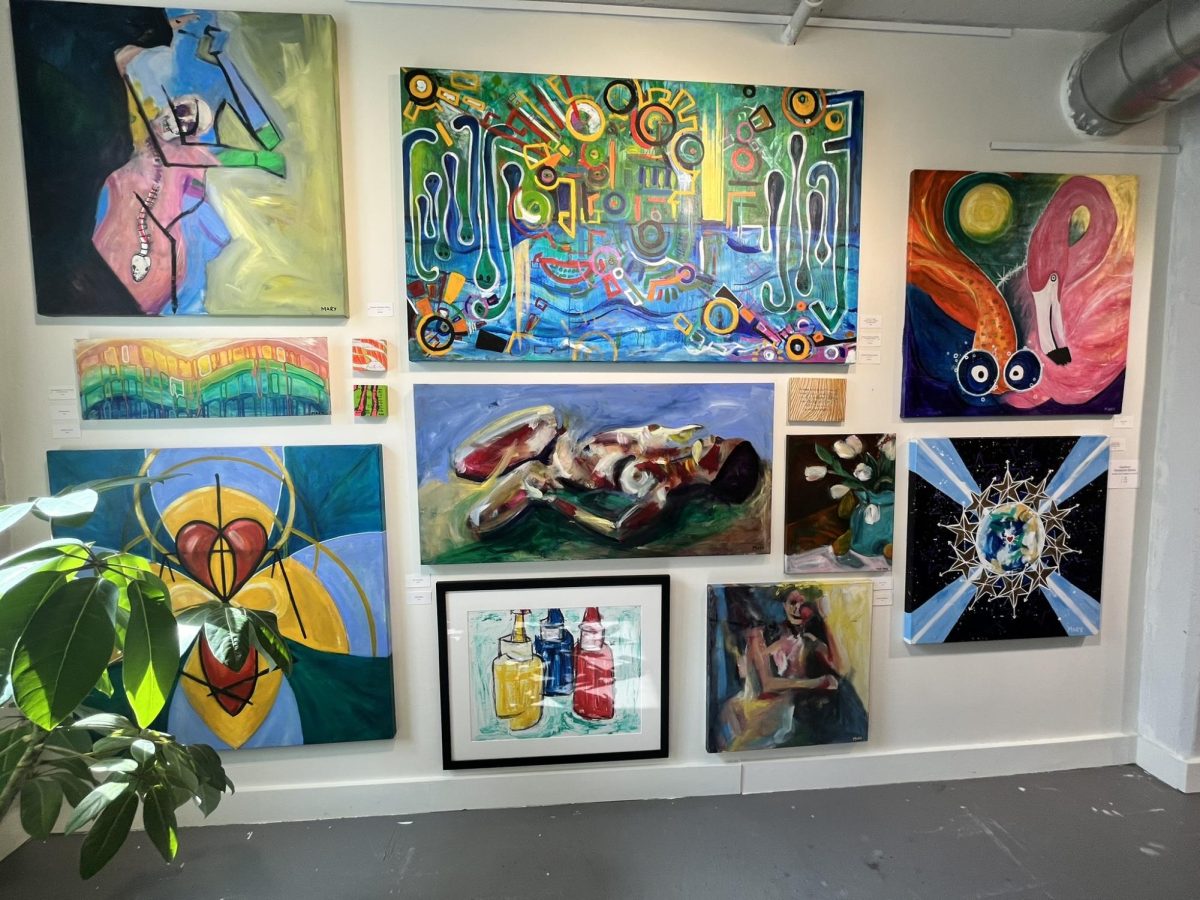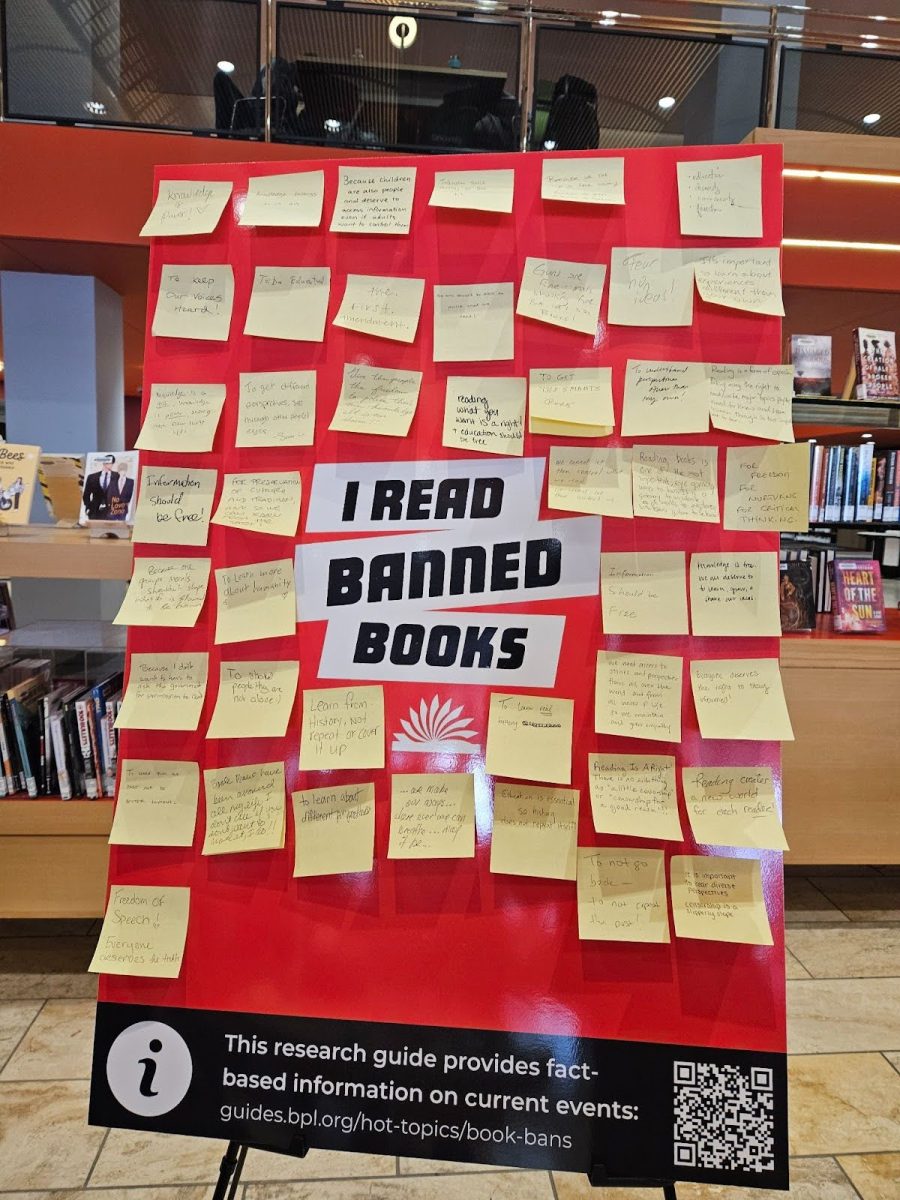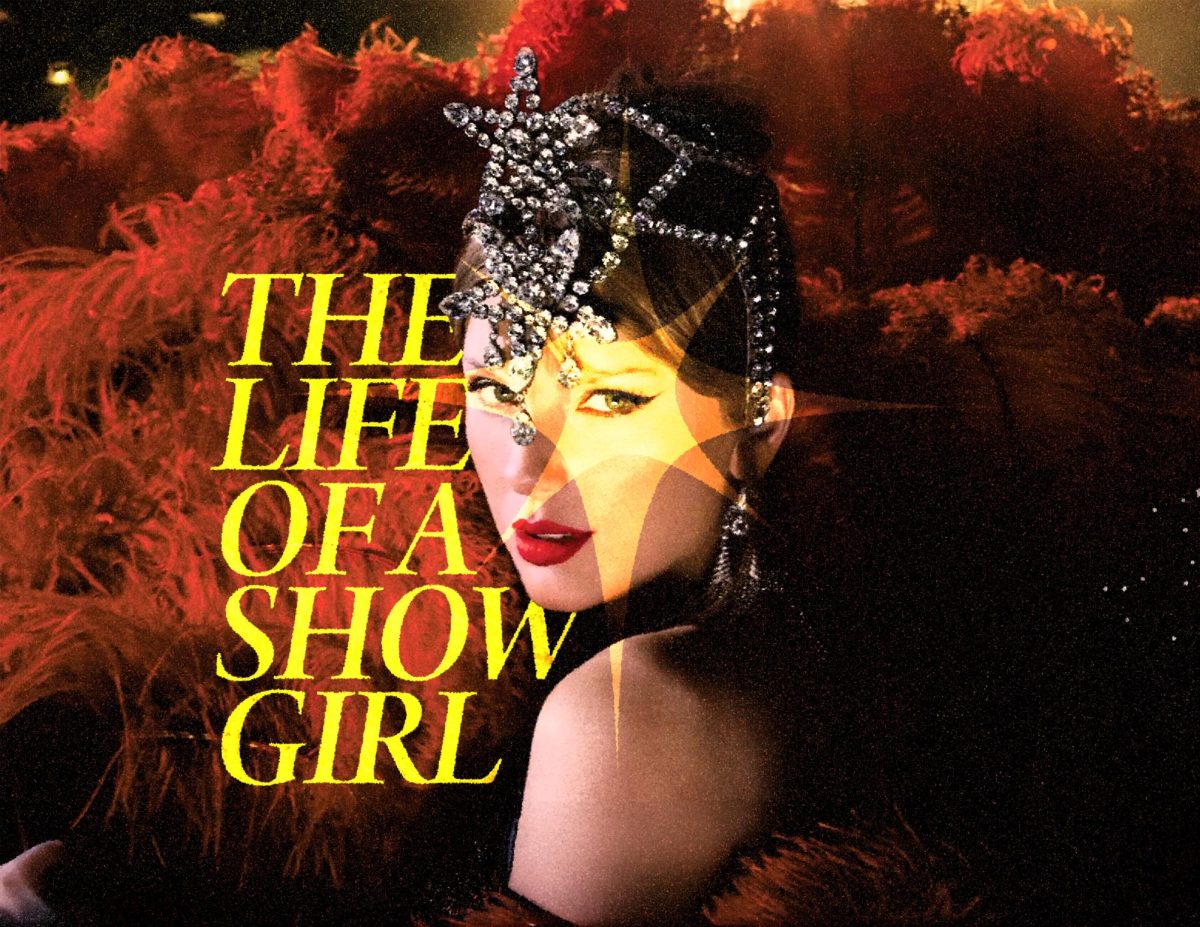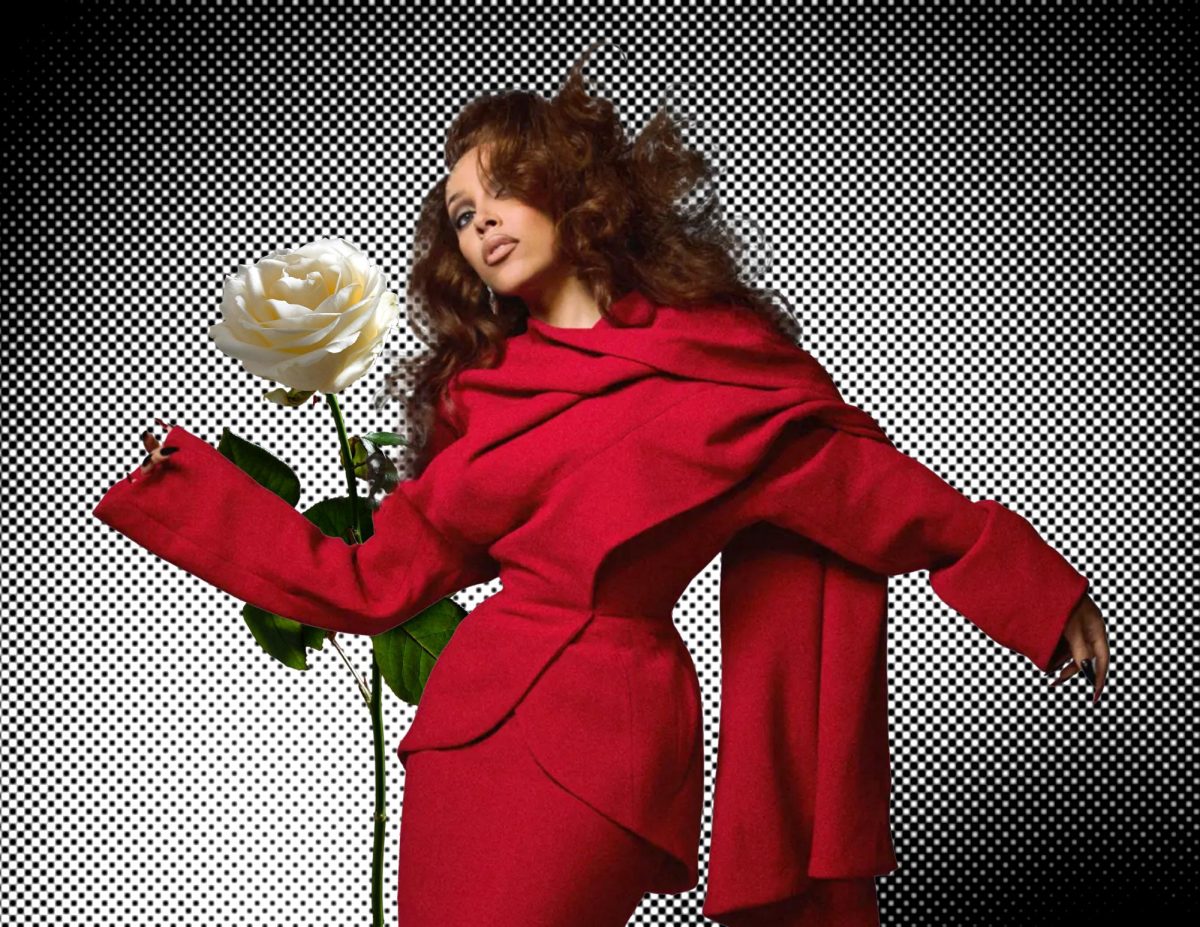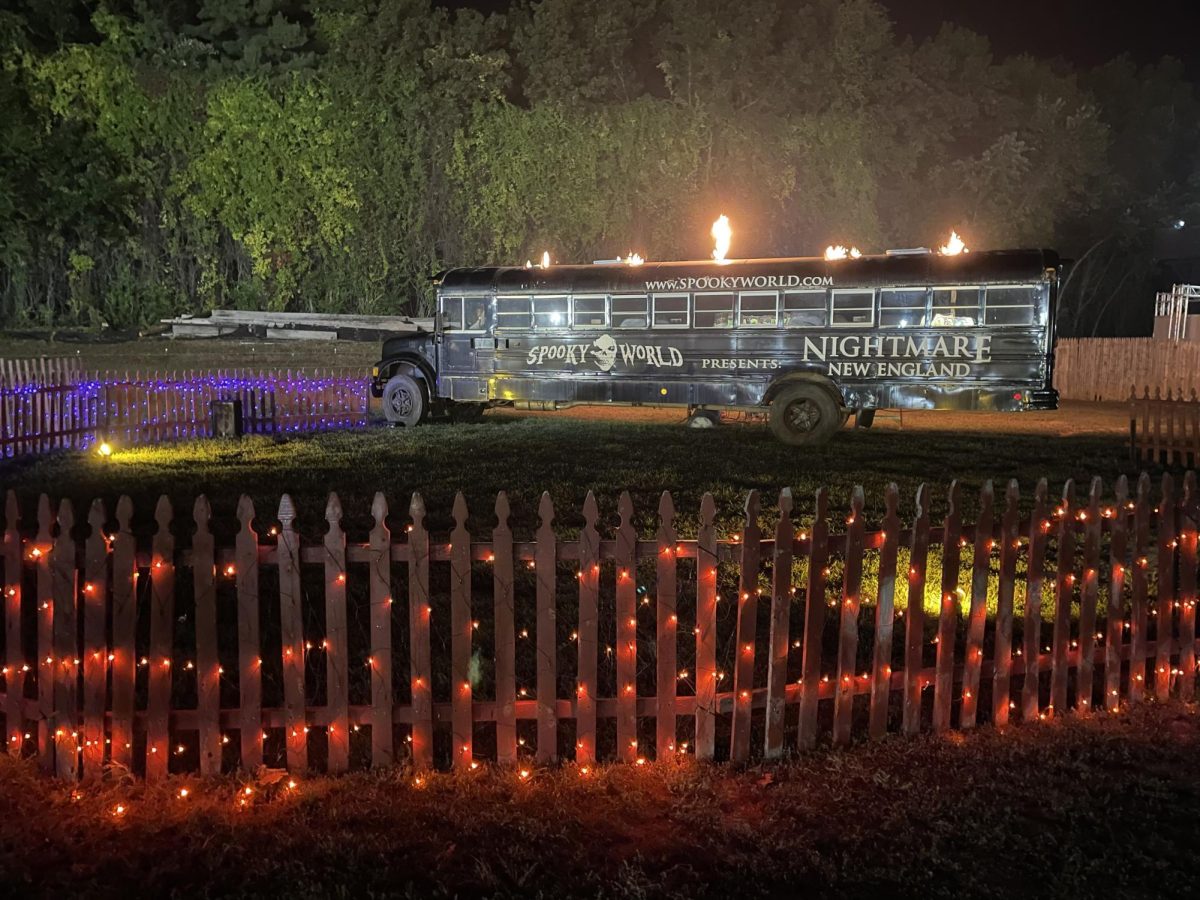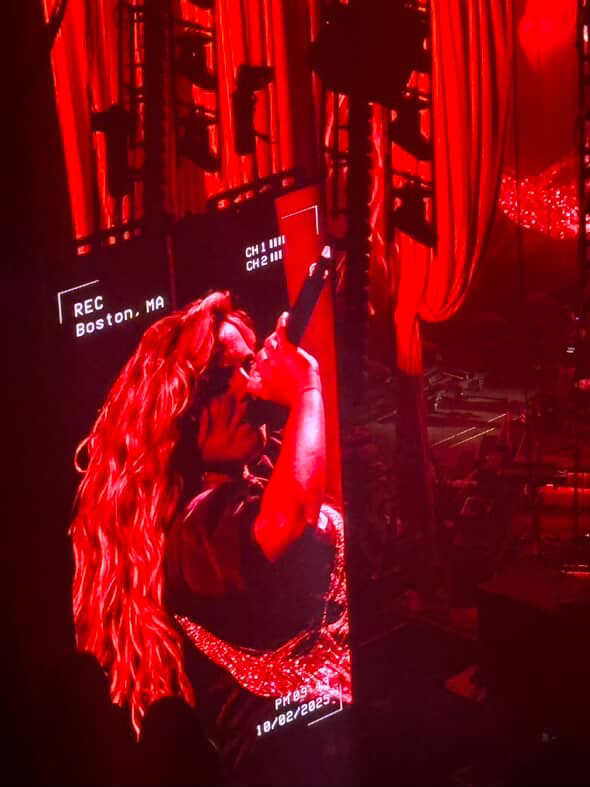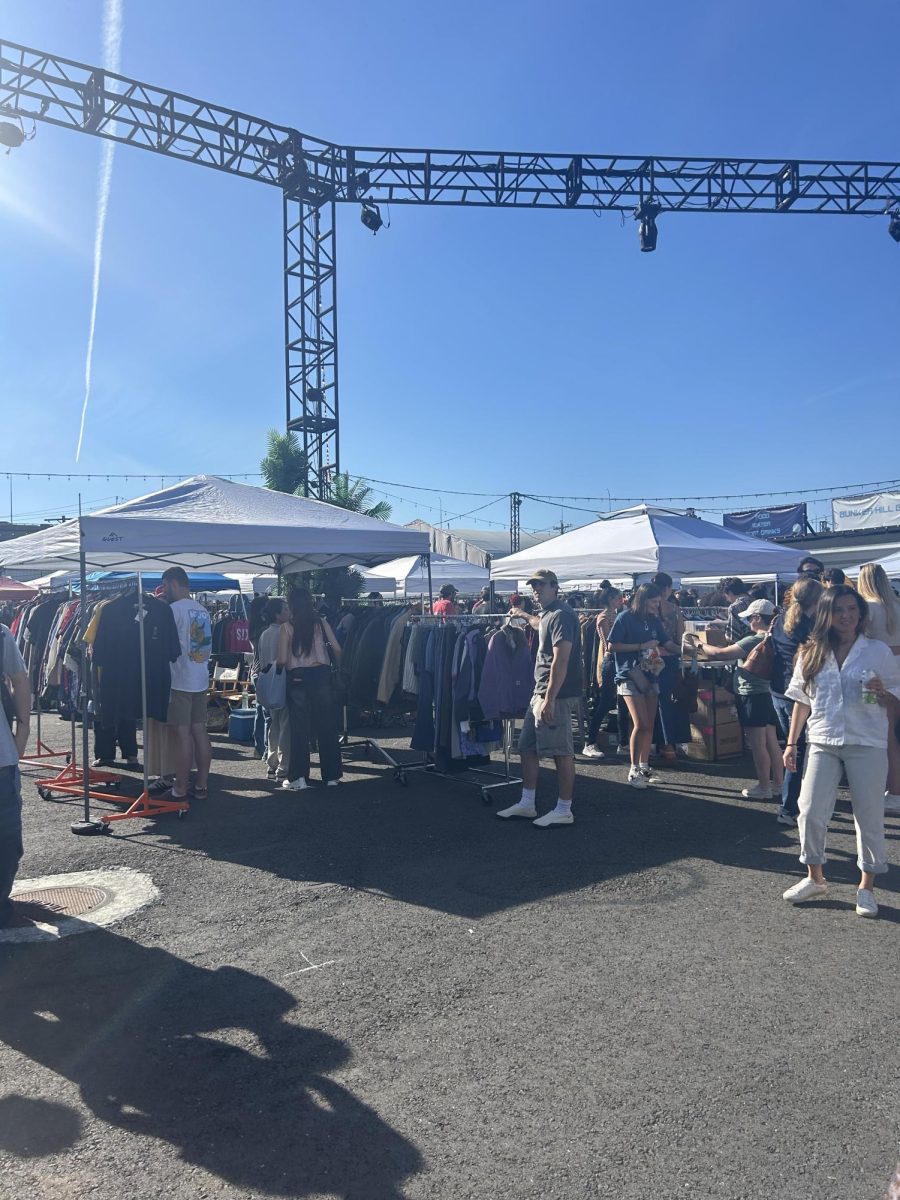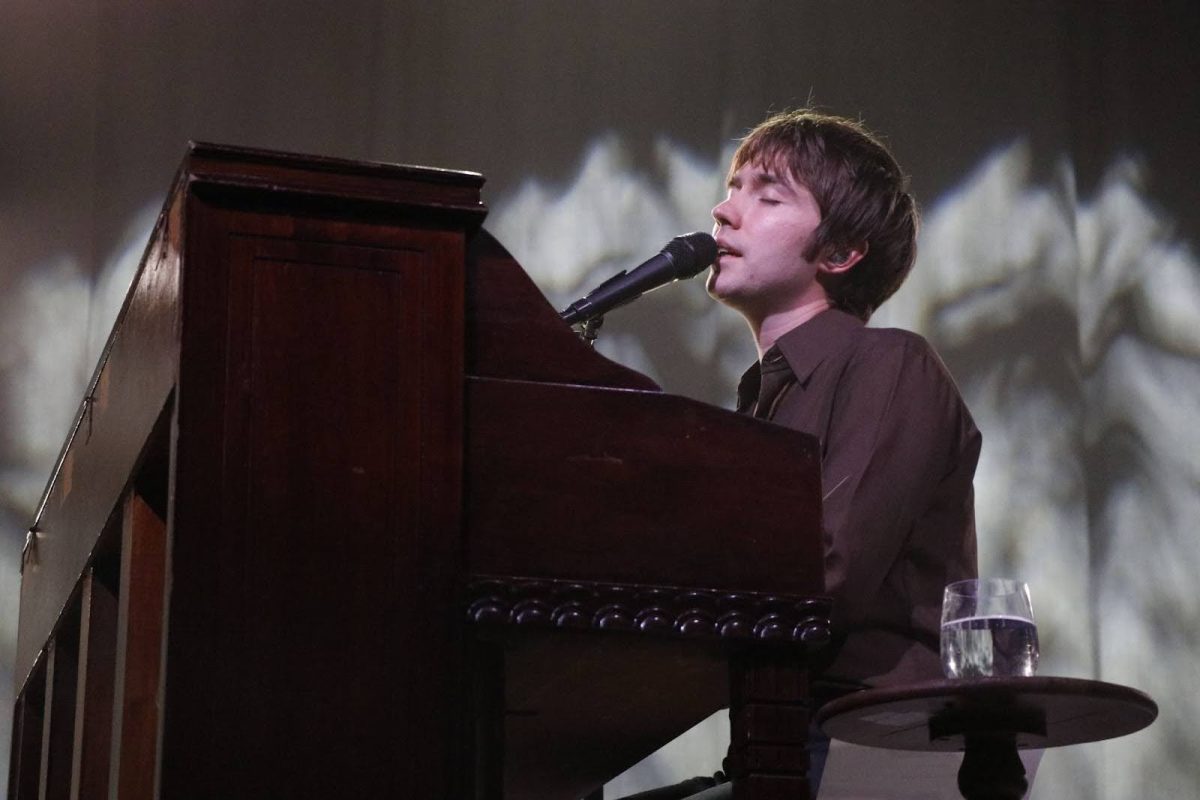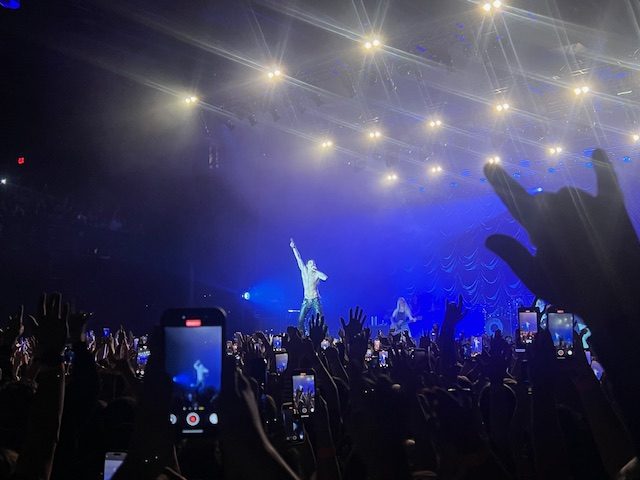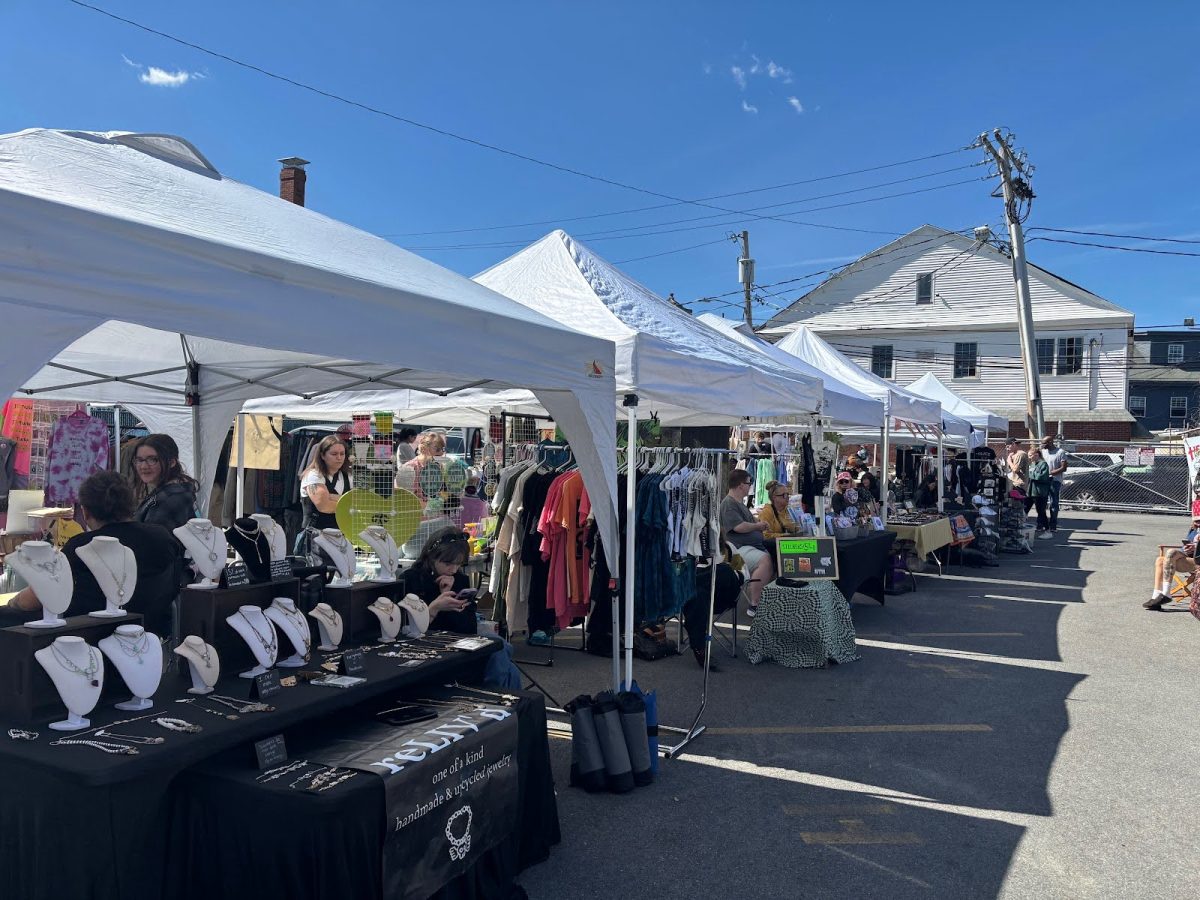In their unending journey “to cultivate a community that promotes art and artistic development in Boston’s South End,” as taken from their mission statement, the United South End Artists sponsored the 39th annual South End Open Studios event this past weekend. Hosted by Boston Center for the Arts and spanning a roughly two-block radius in the heart of the South End, the spaces of BCA Studios, 46 Waltham St., 35-59 Wareham St. and 450 Harrison Ave. opened their doors Saturday to the public for this tradition of allowing the public a glimpse into the artists’ work and processes.
Boston Center for the Arts’ own studio at 551 Tremont St. served as a welcoming introduction to the event for those coming from northern Boston and features 17 artists across the second, third and fourth floors.
Legacy SoWa artist and founder of Curious Soul Photo School, Suzanne Merritt, maintains a studio space at BCA full of life that documents her various projects and most notably her 27 years in the making photo-art book; “The Curious Soul: Seeking Beauty Finding Self” details a fictional artist’s home and features art pieces that are constructed temporarily and photographed before being taken apart.
Merritt went to school to be an artist for one semester before switching gears to obtain her master’s degree in aesthetics, building a career as a photographer at Polaroid before opening her school and returning to making art full time. She noted that the BCA space has evolved significantly over the years, with the Open Studios event originally being the only opportunity for the public to view and purchase artists’ work, but eventually shifting into an opportunity to experience and view art in the digital age. You can read more about Merritt’s photo school and other work at curioussoulphotos.com. Merritt’s story is one of circling back to art after a career elsewhere — a pattern echoed across the studios, where artists often arrive by unexpected routes.
This theme of storytelling through art continues just a block away. Heading southeast from the BCA takes you to 46 Waltham St., where artist Marie Zack Nolan incorporates her own career history into her work in a different way. The building, a combination of studios and businesses with access through a cozy courtyard, is described by SoWa Boston as “a more private building located…at the edge of SoWa,” Boston’s one and only Art and Design district. The space featured live music throughout SEOS and is home to 18 artists across two floors.
In her second year at SoWa, Nolan’s studio is filled with countless prints based on various folktales, which she describes as being “timeless, representative of the human condition.” Taking inspiration from her Polish-Ukrainian background, themes of war and oppression often shine through, presenting a newfound relevance in the state of the world today. Furthermore, her preferred medium of wood carvings used to create prints is intentional, as the method harbors significant historical meaning. A common motif shared amongst much of her work is the egg, which she describes as being “the origin of all things.”
Nolan reflects on her time at SoWa thus far fondly, noting the opportunity it provides to further the sharing of the stories her work tells. Currently focused on conversation with visitors about her art, she hopes to expand the commercial side of her space eventually. Nolan’s portfolio can be viewed at mznolan.com.
While Nolan draws on ancestral folklore, other artists at SoWa find inspiration in cultural traditions of a different kind. SoWa’s other hallmark studio space, 450 Harrison Ave., is home to three floors of studios with about 100 spaces artists are able to call home and fosters a close interlocked community. Cedric Harper shares a co-op space with several other artists, allowing for a supportive group of like-minded creators. Having been at SoWa for 12 years, Harper has witnessed firsthand how the determination of Harrison’s artists have kept it a bustling open space for the public.
Much of Harper’s work is based on his Australian Aboriginal heritage with all pieces coming to life from recycled materials. He described his inspiration as coming from the various Aboriginal spirits such as ones in caves, water and mud. Harper worked in a home for individuals with disabilities for 32 years before becoming a full time artist, a switch that he justified.
“You can’t do art part time. You have to do it full time,” said Harper.
Harper’s website, cedricharper.com, showcases a variety of his work.
Where Harper grounds his art in ancestral tradition, fellow Harrison artist Mary Fries approaches hers through the lens of science. A mixed media and sculpture artist who shares her studio space with one other artist, Fries has been in the space since Dec. 2019. She values the sense of community and different perspectives gained from her fellow artists. She noted artists differ in the way they use the space — some more as private studios, others as galleries.
Currently a graduate student studying physics, Fries often integrates themes of quantum mechanics into her work, softening some of the highly technical aspects to make the concept more accessible to general audiences. Fries stated that she has “never not been an artist” when asked about her history as one, and noted that her focus really sharpened in high school when she was able to choose art classes over other subjects. You can see more of Fries’ work at maryfriesart.com.
As the United South End Artists’ mission states, the goal is to cultivate a community that promotes art. This year’s Open Studios showed that community in action: artists whose lives took them from photography, caregiving and even physics classrooms now open their doors to the public, proving that art is not just a career, but a shared story.


